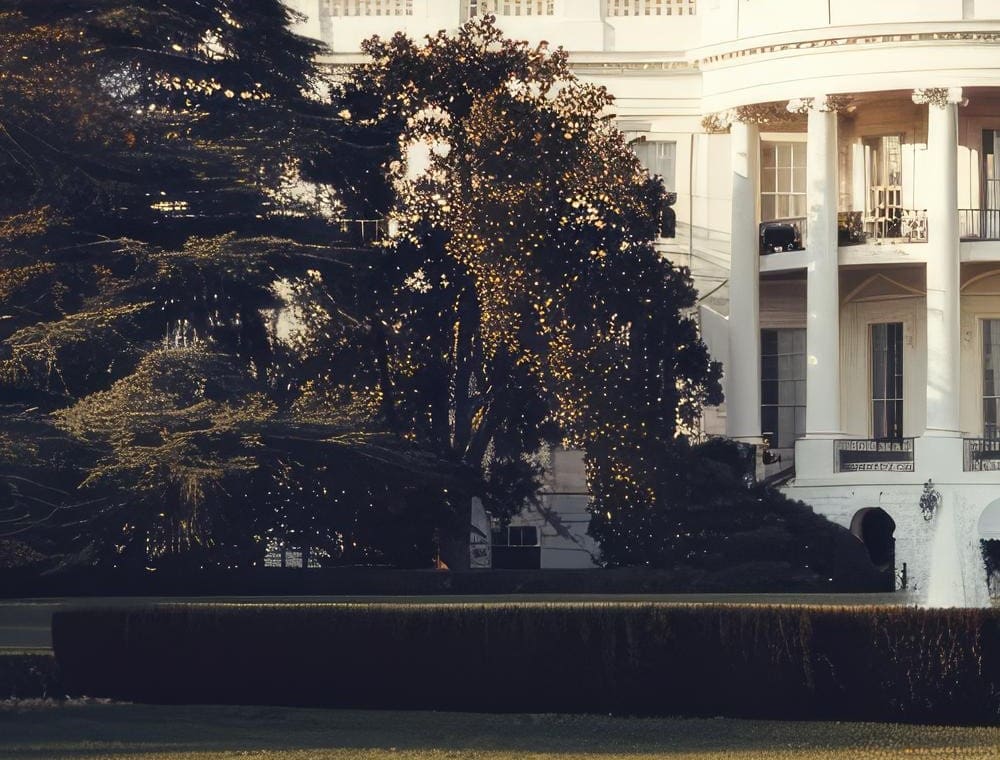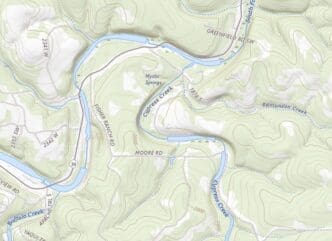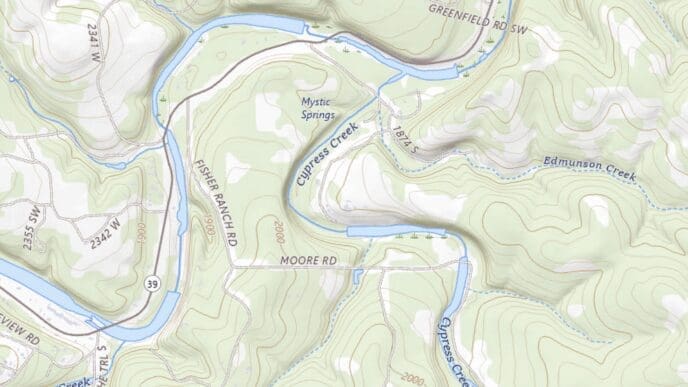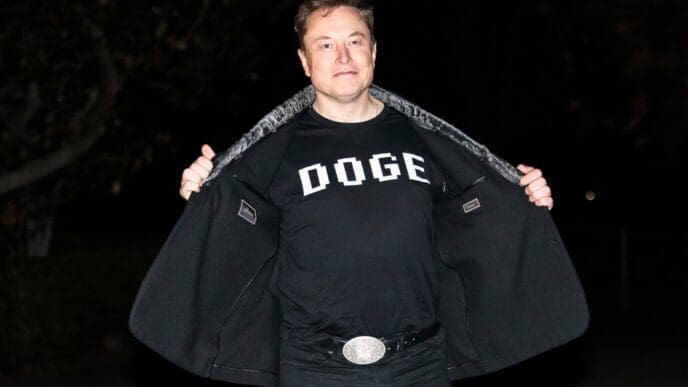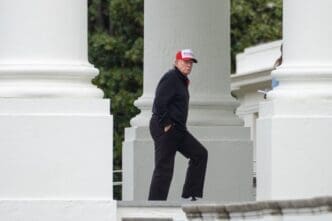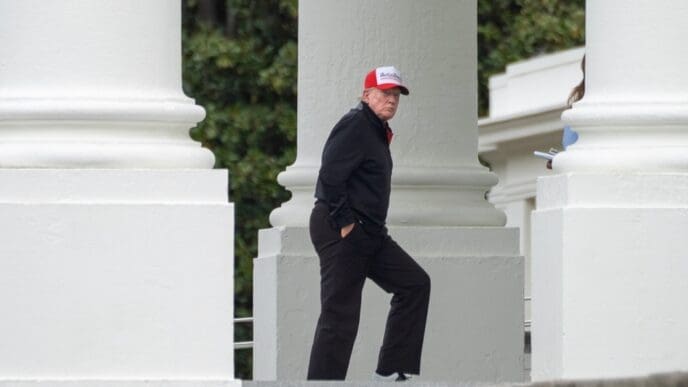The Trump administration has twice this year issued ultimatums to New York to cease a toll imposed on most drivers entering Manhattan’s busiest area. Despite these demands, the state has not complied. On Monday, the U.S. Transportation Secretary extended the deadline by 30 days, giving New York until May 21 to halt the toll or provide justification for its legality after federal approval was rescinded in February.
The Secretary warned that New York risks losing federal funding and project approvals from the Federal Highway Administration if it does not conform. Nevertheless, the governor of New York remains steadfast, asserting that congestion pricing is both lawful and effective. The toll, implemented on January 5, is intended to alleviate traffic congestion and generate significant revenue for the city’s public transportation systems, including subways, commuter trains, and buses.
President Donald Trump, a native of New York, has been a vocal opponent of the plan, which affects areas including Trump Tower. After revoking federal approval earlier this year, the Transportation Secretary criticized the toll as detrimental to working-class Americans and small business owners, initially setting a March 21 deadline for New York to cease the charges. The state’s transportation authority contested this decision in federal court, leading to an extension of the deadline to April 20.
In recent communications, the Transportation Secretary accused New York of openly defying federal law, stating that the federal government will not continue to support the state’s budget for its transit system if the toll persists. The fee varies based on the type of vehicle and time of day and is additional to existing bridge and tunnel tolls for entering Manhattan. Most passenger cars incur a $9 charge during peak hours on weekdays and weekends, with a reduced toll of $2.25 during off-peak times.
Similar congestion pricing systems have been successfully implemented in other major cities such as London and Stockholm to manage traffic and reduce congestion.


